In Decade Since Founding, UCSF’s Center for Vulnerable Populations Has Innovated Research, Care
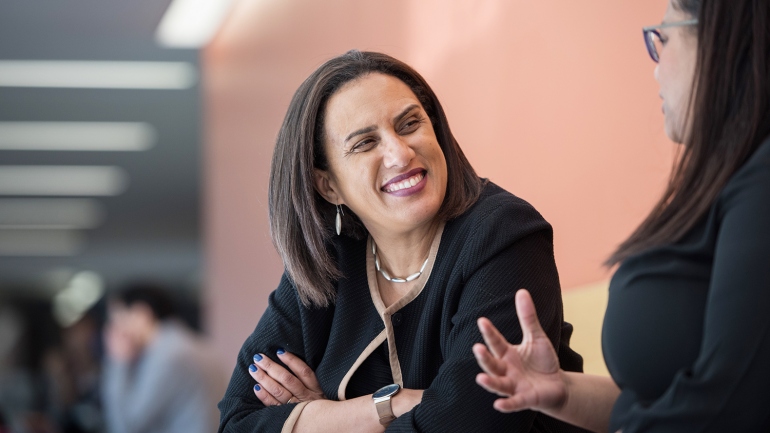
As a primary care resident on the Parnassus campus of UC San Francisco in the 1990s, Dean Schillinger, MD, learned plenty about how to manage patients with chronic diseases, including diabetes or heart failure.
After a move of just a few miles to the Zuckerberg San Francisco General Hospital and Trauma Center (ZSFG) to join the faculty there, he realized that his patients were a world apart. Those patients suffered far more complications from the same diseases, such as amputations from diabetes and repeated heart attacks.
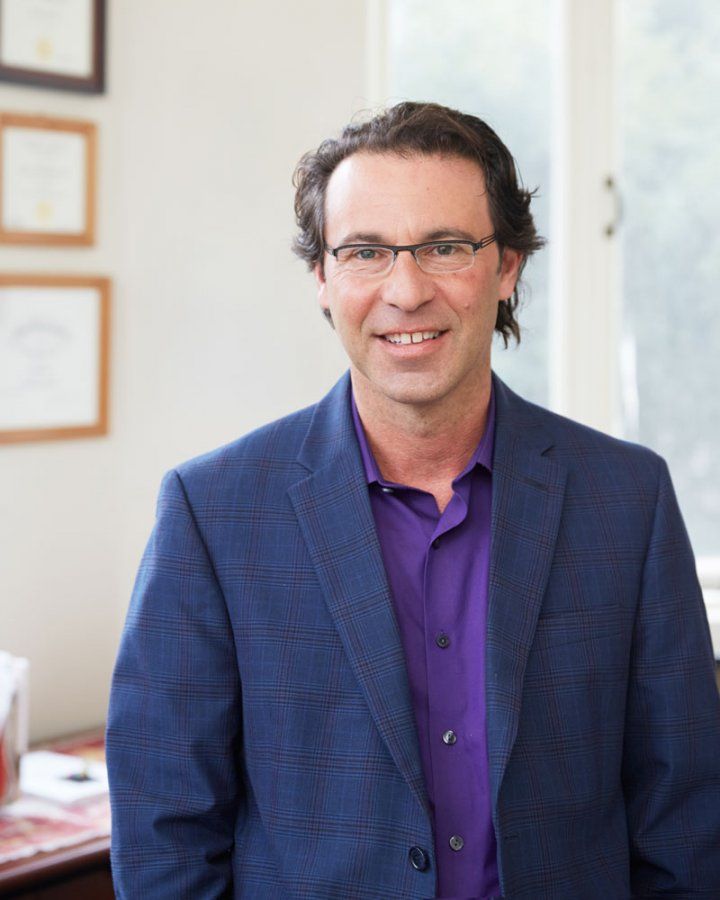
Dean Schillinger, MD, was named as the founding director of the UCSF Center for Vulnerable Populations in 2006.
At the time, he said, the state-of-the-art in care was to acknowledge that the diverse patients at ZSFG might be dealing with homelessness, social chaos or substance abuse.
“But as doctors, we were not well-versed in social problems and their interactions with clinical care,” he said.
Talmadge E. King, Jr., MD, then chief of the medical service at ZSFG and now dean of the UCSF School of Medicine, knew that clinicians and researchers at ZSFG were working hard to address the gap that exists in how to approach care for those people most susceptible to health risk due to social factors. He launched the UCSF Center for Vulnerable Populations in 2006 and named Schillinger the founding director.
Schillinger, who currently directs the Program in Health Communication and Health Literacy within CVP, brought in Kirsten Bibbins-Domingo, MD, PhD, MAS, as the center’s co-director. They were determined to consolidate the abundant research at UCSF about why some groups receive inadequate health care and take action to achieve some of their health equity goals.
How Social Vulnerabilities Relate to Health
While the center’s leaders readily acknowledge that its accomplishments are “just the tip of the iceberg” in terms of the amount of work being done across UCSF toward achieving health equity, it has transformed understanding of how social vulnerabilities relate to health. The center’s personnel have developed helpful strategies and implemented them at ZSFG and UCSF as a whole, as well as disseminated them locally to globally.
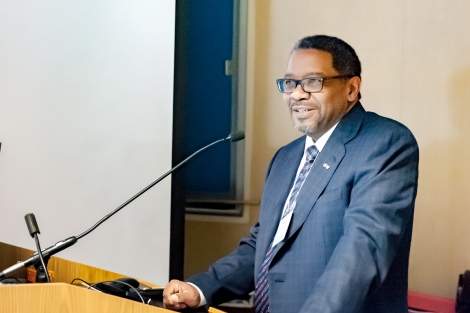
In its decade of existence, the center’s core faculty and their collaborators have published more than 600 academic papers and generated nearly $100 million in funding, with a focus on the clinical conditions of pre-diabetes, diabetes and cardiovascular disease, which disproportionately affect vulnerable populations.
Some of the topics the center has addressed include identifying evidence-based solutions to homelessness, making it easier for low-health-literacy patients to understand how exactly they should take their prescribed medications and helping feed those with food insecurity. A focus of the center also has always been shifting caregiver attitudes from “shaming and blaming” to a more compassionate view of their patients’ environmental and social circumstances.
“Ideally, we would like to prevent disease before it starts,” said Bibbins-Domingo, who is the center’s current director. To that end, a unique success for the center is its strong partnerships with a range of community organizations. Solid connections and communication with the community helps translate academic research into usable tactics for improving health of actual people.
An added bonus of rich community connections is to undo some of the mistrust that many people have about biomedical research. “I think that underrepresented minorities, who in the past have been discouraged from participating in research studies, will actively come forward to participate if we show them that we care,” said King, who also is now the vice chancellor of Medical Affairs. “They also realize that if they aren’t part of these studies then people won’t learn what works best for them.”
Working Toward Policy Revamp
In addition to discovery and community programs, the center recognizes that to improve the health of vulnerable populations, big changes are required from local to nationwide.
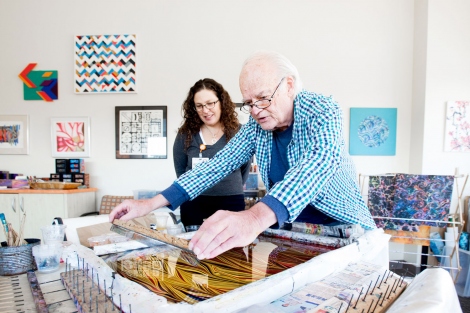
“We know that many policies affect the environments where people live and work and play, and these ultimately affect health,” Bibbins-Domingo said. Health, economic, environmental, education and housing policies all ultimately have an impact on the health of individuals and their communities.
“Everything we learn in medical school is irrelevant if someone leaves your office and heads back to sleep on the street,” said Margot Kushel, MD, a core faculty member at the center and a national expert in housing, homelessness and health.
To influence policy around a number of social factors that impact those at higher risk for chronic diseases, the center works with policymakers, and several faculty members serve on organizations that are able to make larger changes.
“We have developed a degree of credibility such that policymakers are turning to us about what to do to solve problems,” Schillinger said.
Looking to the Past to Inspire the Future
As the center moves into its second decade, a question that looms ahead is how to scale up many of their discoveries and build upon their partnerships to achieve really big goals for health equity.
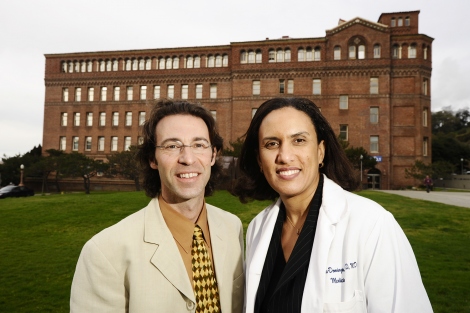
Both Bibbins-Domingo and Schillinger were immersed in the HIV/AIDS epidemic at ZSFG early in their medical training, and they witnessed many people dying from what initially appeared to be an incurable disease. Now HIV is a disease people live with and the goal of no new cases in the Bay Area is within the realm of possibility.
“That is a remarkable example about how collaboration between clinicians and researchers and the community came through to solve the problem,” Schillinger said. “But now we have like 50 AIDS-type problems to solve.”
Bibbins-Domingo said the hospital no longer is full of people with AIDS, but full of people with diabetes and hypertension and the consequences of these conditions that disproportionately affecting poor and minority communities. “The success we had with HIV/AIDS emboldens us to think that we could do the same types of things if we address the problems that are causing the most health inequities today,” she said.
One big problem, for example, that she would love to solve is how to have no new cases in the Bay Area of type 2 diabetes in young people. “I think we have all the building blocks in our center to accomplish this goal.”